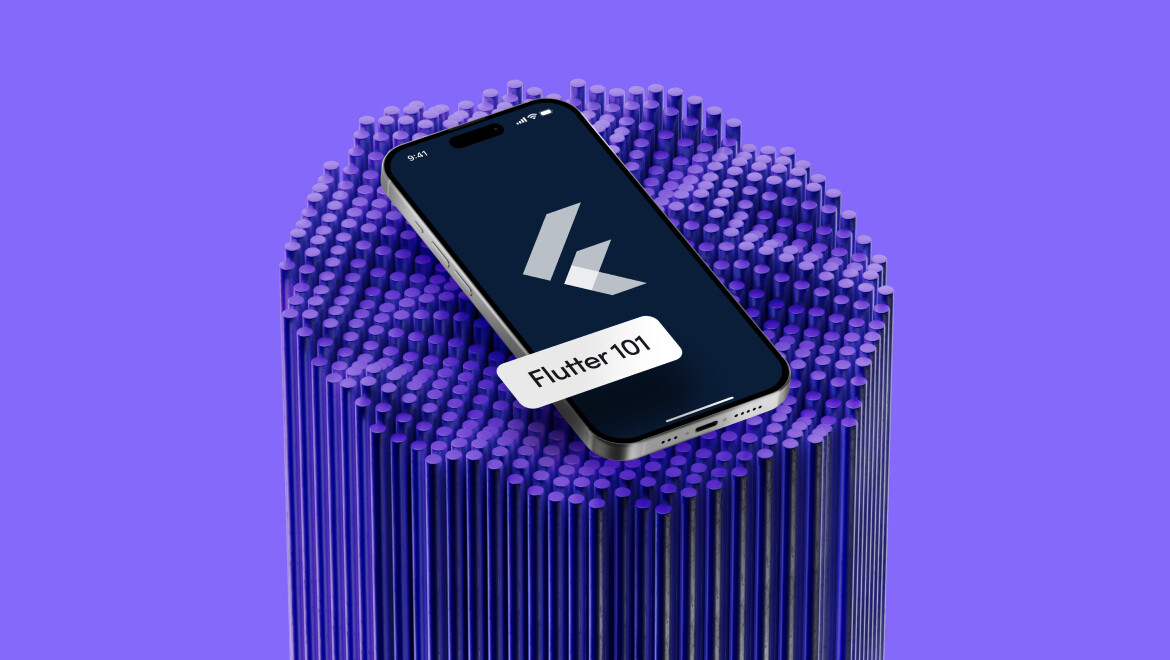- Home
- Flutter 101
- What is a Flutter Widget?


What is a Flutter Widget?
What is a Flutter Widget?
What is a Flutter Widget?
A Flutter widget is the fundamental building block of the Flutter framework, which is used to develop high-performance mobile, web, and desktop applications. In simple terms, a widget represents a component in the user interface (UI), like buttons, text fields, or images, but can also define layout structures, animations, and interactions. Every element you see on the screen in a Flutter app is a widget.
Widgets are highly customizable and can be nested within each other, allowing developers to create complex, visually appealing UIs. They come in two main types: Stateful and Stateless. Stateless widgets are static and do not change after they are rendered, while stateful widgets can dynamically update their appearance or behavior in response to user interactions.
Key Benefits of Flutter Widgets
Faster Time-to-Market
Flutter’s widget-based architecture allows developers to create UIs more quickly, reducing development time and costs. With Flutter’s Hot Reload feature, developers can instantly preview changes, speeding up iteration cycles.
Cross-Platform Consistency
Flutter widgets ensure that your app looks and behaves the same across multiple platforms (iOS, Android, web, etc.) without the need for separate codebases. This uniformity enhances user experience and reduces maintenance effort.
Customizability and Flexibility
Widgets can be customized to match brand-specific aesthetics and behaviors. Whether you’re aiming for a minimalist design or intricate animations, Flutter widgets provide the flexibility to meet any design requirement without compromising performance.
Cost-Efficiency
With a single codebase that works across platforms, businesses can save significantly on development resources while delivering a consistent and feature-rich product. The efficiency offered by Flutter widgets translates directly into cost savings for organizations.
Solutions Powered by Flutter Widgets
- Scalable UIs for Enterprises: Flutter widgets allow companies to create scalable, highly responsive enterprise applications capable of handling complex business needs, from customer portals to internal management systems.
- Enhanced User Engagement: Flutter’s ability to create smooth, interactive experiences through widgets helps improve user engagement, which is critical in markets with high customer touchpoints, such as e-commerce or financial services.
- Simplified Maintenance and Updates: Since widgets are reusable, updates to the app can be made more quickly and efficiently, ensuring that businesses can keep up with evolving user expectations or industry standards without extensive redevelopment.
In conclusion, understanding what a Flutter widget is and how it serves as the backbone of the Flutter framework reveals the potential for creating efficient, cross-platform solutions. For businesses looking to reduce development time and costs while still offering a high-quality user experience, Flutter widgets present a powerful solution.
